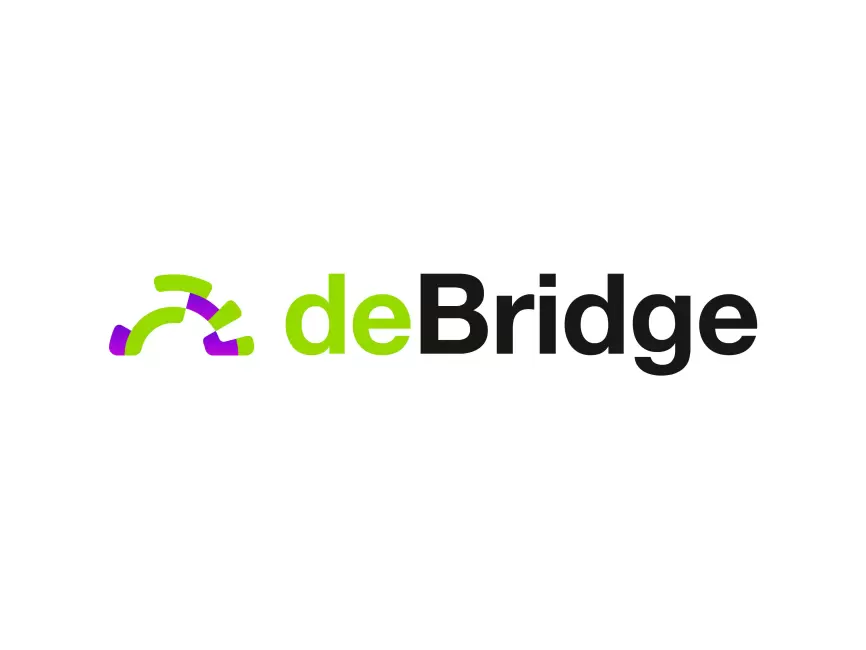Ever tried sending crypto between blockchains and felt like you were playing a high-stakes game of digital hot potato? Yeah, me too. It’s wild how something that should be seamless often feels like a gamble. Seriously, the whole idea of moving assets across chains is supposed to unlock the true promise of DeFi — interoperability without the usual headaches. But here’s the thing. Not all bridges are built alike. Some are sketchy, others slow, and quite frankly, some just flat out risky.
So, I was digging into what makes a cross-chain bridge both secure and efficient. Wow! It turns out, the devil’s in the details. Cross-chain interoperability isn’t just about connecting two blockchains; it’s about doing so without exposing users to unnecessary risk or friction. That’s a pretty tall order when you consider how different chains have wildly different consensus mechanisms, finality times, and security models.
My instinct said, “Okay, there has to be a better way than these old-school bridges that rely on centralized validators or clunky multi-sig setups.” Initially, I thought all bridges had the same fundamental vulnerabilities. But after some digging, it became clear that innovative protocols are emerging, ones that combine decentralization with robust security guarantees. Not perfect, mind you — but way better.
Take deBridge, for example. I stumbled upon debridge finance official site while researching. Man, these folks seem to be onto something. Their approach to secure asset transfer involves a smart mix of decentralized validators and on-chain verification, which reduces the attack surface tremendously compared to traditional bridges.
Here’s the kicker: deBridge isn’t just about moving tokens. It tackles cross-chain interoperability holistically, making sure that data and messages can flow securely across chains as well. That means developers can build more complex DeFi applications that leverage multiple ecosystems without worrying about losing funds or data inconsistencies. Pretty neat, right?
Of course, there’s still the elephant in the room — latency. Cross-chain transactions inherently take longer than on-chain movements. But deBridge uses optimized consensus among validators to speed things up while keeping security intact. It’s a delicate balance. Something felt off about older bridges’ approach where speed seemed prioritized over safety, often leading to exploits.
Honestly, I’m biased because I’ve seen too many bridge hacks in the wild. The thought of losing assets due to sloppy security keeps me up at night. That said, deBridge’s model, which emphasizes both transparency and decentralization, feels like a breath of fresh air. It’s like they took the time to learn from past mistakes rather than rushing to market with minimal safeguards.
On one hand, you have bridges that are fast but very centralized — kinda like trusting a single gatekeeper with your valuables. On the other hand, you get fully decentralized but painfully slow bridges that frustrate users. deBridge strikes a pretty good middle ground, which, frankly, is rare in this space.

Check this out—imagine a network where validators not only confirm token transfers but also validate arbitrary data or function calls across chains. That’s what deBridge’s protocol architecture supports. It’s not just about moving money; it’s about enabling trustless communication between blockchains. This fundamentally expands what DeFi apps can do.
Now, I’m not saying it’s bulletproof. No system is. But by designing with modularity and security-first principles, deBridge mitigates many common attack vectors that plague traditional bridges. Plus, their open governance model encourages community oversight, which adds an extra layer of accountability — something very very important in DeFi.
One subtle thing that bugs me, though, is how many projects gloss over the user experience when integrating cross-chain solutions. If it’s too complex or slow, adoption stalls. deBridge seems to recognize this, offering user-friendly SDKs and APIs that abstract away the nitty-gritty while keeping things secure under the hood.
Why Cross-Chain Bridges Matter More Than Ever
I remember when I first started messing around with Ethereum and Binance Smart Chain separately. It was a hassle jumping back and forth, juggling wallets and approvals. Cross-chain bridges promised a way out, but honestly, most didn’t deliver on the promise in a trustworthy way. Now, with DeFi evolving rapidly, the need for robust interoperability solutions is only gonna grow.
Here’s a thought — if we want DeFi to become truly global and inclusive, users must be able to move assets seamlessly across chains without fearing loss or delay. This means bridges must be secure, transparent, and easy to use. That’s why projects like deBridge are so crucial. They address those pain points head-on.
Still, some skeptics argue that the complexity of cross-chain mechanisms introduces new risks or centralization pressures. On the flip side, ignoring interoperability means DeFi apps remain siloed, limiting innovation. So, the question isn’t whether we need cross-chain bridges, but how we build them right.
And that’s why I keep circling back to deBridge. Their approach isn’t just theoretical; it’s battle-tested in a fast-moving ecosystem. They combine cryptographic proofs with decentralized validation, which, frankly, sounds like the future of secure asset transfer. And since they offer flexible tools for developers, the potential for new, interoperable DeFi products is huge.
Okay, so check this out—if you’re diving into multichain DeFi or just want to safeguard your assets while hopping between blockchains, it’s worth giving their platform a closer look. The debridge finance official site lays out their vision and tech in detail, and honestly, it’s refreshing how transparent and user-focused they are.
Just a heads-up though: cross-chain bridges will always carry some inherent risk. That’s not going away. But by choosing solutions built on solid tech and community trust, you’re stacking the odds in your favor. It’s like picking a reliable ferry over a rickety raft when crossing a river.
Whew, this got longer than expected… but there’s so much happening here. The evolution of blockchain bridges is one of those unsung stories in DeFi that’s quietly reshaping how we think about value and communication across chains. I’m excited to see where this goes, even if some questions remain—like how exactly governance will evolve as bridge usage scales, or how cross-chain standards might unify.
Anyway, if you’re curious or already navigating multichain waters, keep an eye on projects like deBridge. They’re not perfect, but they’re pushing the needle on making cross-chain transfers secure, fast, and user-friendly. And that’s a big deal.
